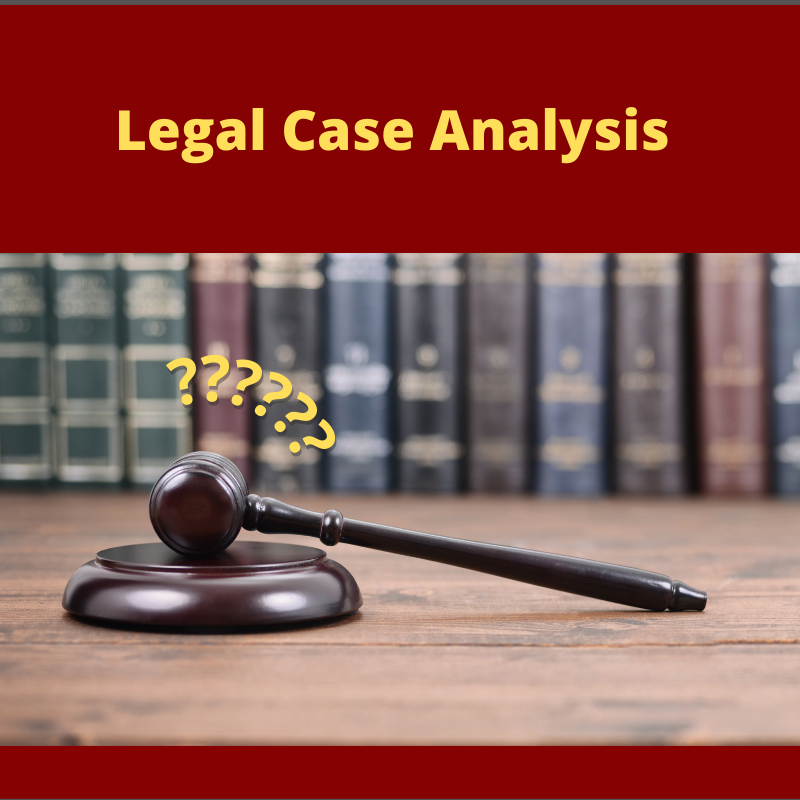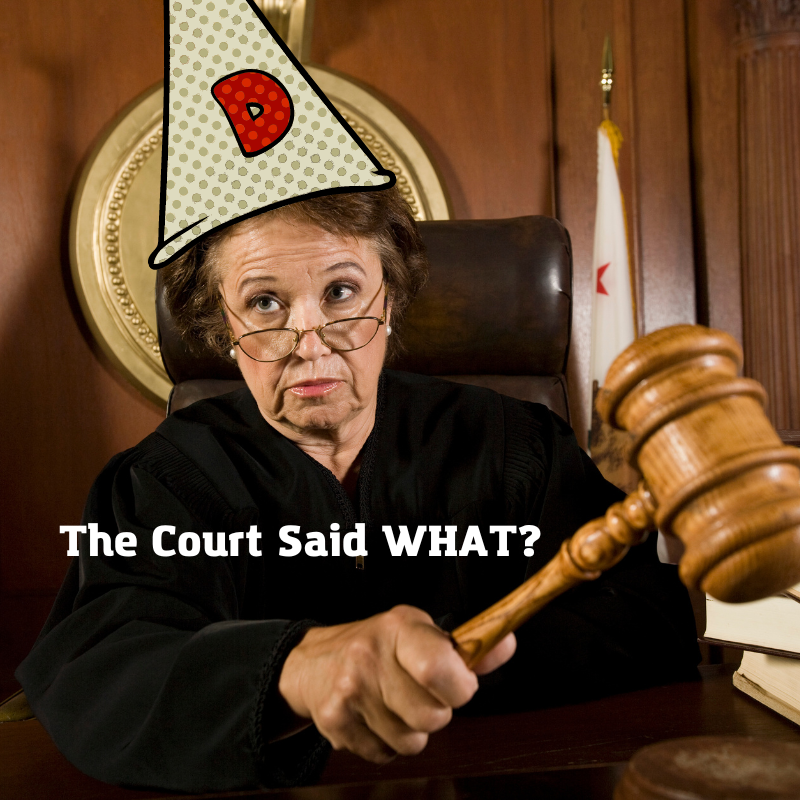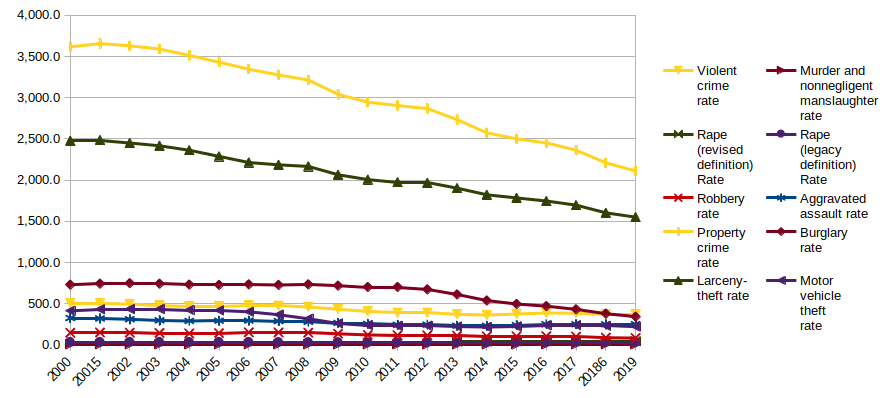
B.L.U.F. An example of winning in court. Oregon’s legislature rushes to moot cases and to fix parts of Measure 114.
H/T Bh.Z and OFF
On January 9th, 2023 Senate Bill 348 was introduced. The bill was short. It was a bill giving the Oregon Department of Justice a requirement to …study ways to address the unlawful possession of firearms.
— Senate Bill 348. The DoJ was given until December 31,2024 to provide the report back to the legislature. On January 2, 2025 the first section of the bill would be repealed.
On its face this doesn’t sound all that bad, directing some government entity to do a study is a way of spending taxpayer money to get “facts” to use against The People in infringement cases, but better a study than another infringement.
Oregon Firearms Federation sent an alert telling its members that this was a bill to observe as it was likely there as a gut and stuff bill. Often times a legislature has rules to protect The People from the state. Things like a bill must be read 3 times before it can be voted on. That there must be a certain amount of time between readings. That the bill has to be analyzed by the appropriate committees to make sure it will be “legal”.
But there is an important part of these rules to remember, amendments are not subject to the same rules. The idea being that members have had enough time to analyze the bill and are not going to propose “fixes” and “changes” to make the bill better. When those amendments are presented the body votes and if the amendment gets enough votes the amendment is applied to the bill.
If the bill is in both chambers of a bicameral legislature there will be a reconciliation phase that takes place if the two bills are actually different. If both the Senate and the House versions are the same then it is deemed to have been reconciled and it moves forward to the Governor or President for signature to turn the bill into a law.
A “gut and stuff” bill is a bill that is specifically designed for this amendment process. When the bill is read an amendment is offered that “guts” the entire text of the bill and then “stuffs” entirely new content in place of the original text. Suddenly you have a bill with the same identifiers that has been through the pre-vote approval process with totally new content ready for a vote.
This is where the famous Nancy statement comes from “We have to pass the bill to see what is in it.” The bill in question then was ObamaCare and it was gut and stuffed into an entirely different bill with a short timeline to a vote. With 2000+ pages of new text it was impossible for any one person toi read the entire bill before the vote.
In infringement bills it is often the case that they legislature doesn’t want The People to have time to react.
The watchers have to spot the bill. They have to see the amendment go into place. They have to craft an alert. The alert has to make it to The People and only then can The People respond with email, calls and faxes.
In person responses take even long. This is why the NYS S.A.F.E act was so bad on a procedural level. Even though there are laws in place to give people time to respond, the infringers got it passed in an emergency session before those alerts and responses could take place.
With the NYS CCIA the republicans only had the press release until the very last minute. It wasn’t possible to respond until they got the text of the bill and they didn’t get the text until the last minute.
Oregon Senate Bill 348 – Amended
Read More




